Schneider Electric Electrical Installation
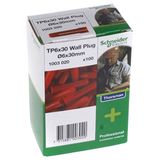
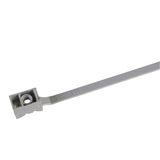
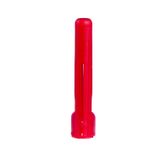
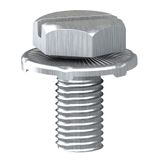
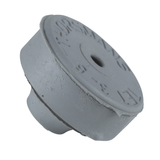
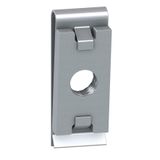
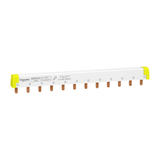
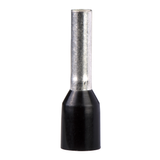
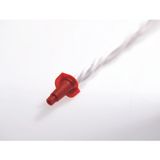
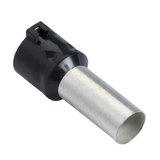
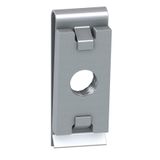
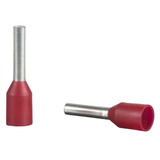
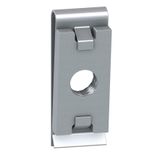

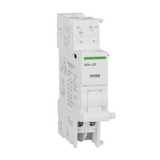
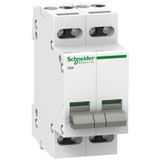
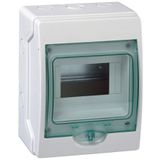
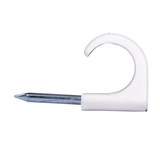
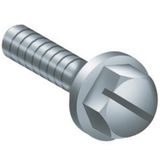
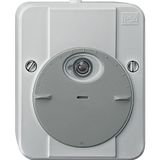
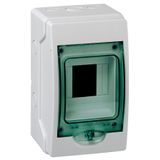
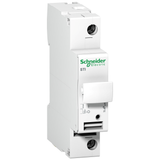
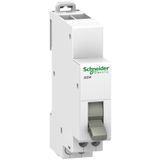
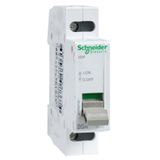
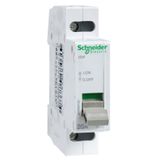
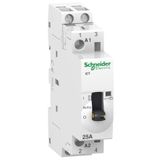
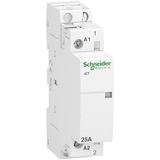
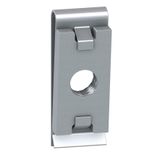
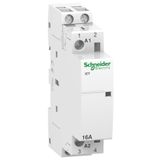
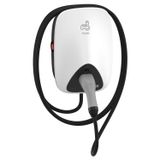
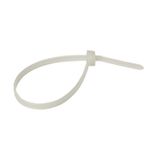
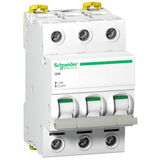
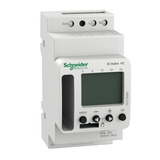
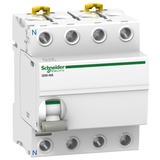
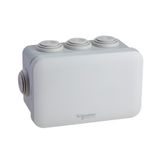
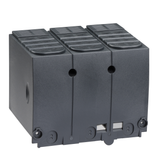
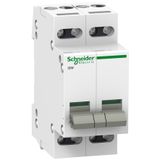
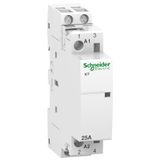
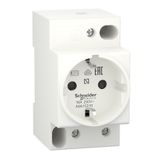
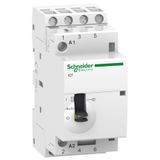
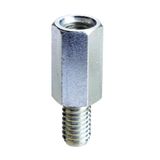
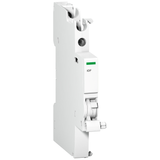
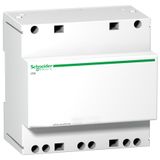
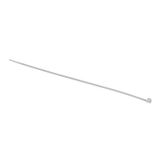

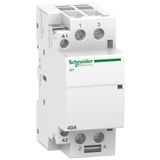
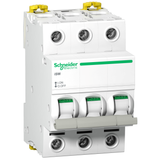
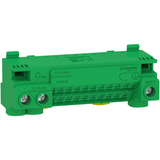
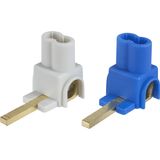
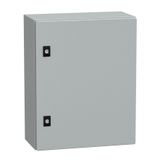
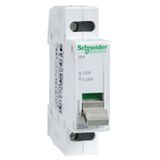
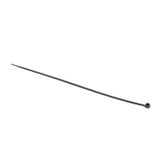
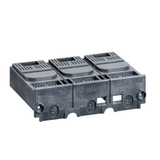
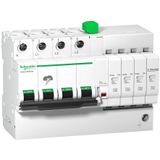
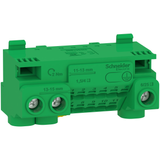
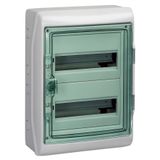
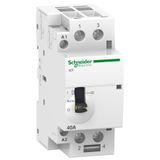
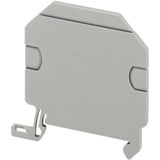
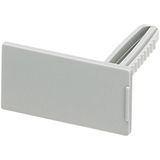
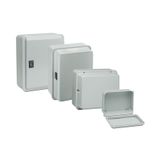
Schneider mounting accessories for panel and field work
Engineers use this hardware to anchor, route, and service conductors without rework. Rail clips, slotted plates, DIN end-stops, cable tie mounts, marker carriers, and shaft kits share consistent hole patterns, so enclosure doors, baseplates, and aluminum profiles accept the same fasteners. Materials span zinc-nickel steel for factory floors, anodized aluminum where weight matters, and A2/A4 stainless for wash-down. Edges are deburred; torque charts accompany screw sizes, which helps teams hit pull-out and vibration requirements on first install.
Product series and assortment for OEM programs
Practical groups that keep BOMs tight:
- DIN and plate hardware: 35 mm EN 50022 rails (solid/perforated), tapped stand-offs, door plates, and thermal spacers that maintain creepage from power gear.
- Routing components: slotted strain bars, tie bases, adhesive and rivet mounts, wire duct with low-smoke covers, and snap dividers to segregate power/control/safety.
- Device carriers: sensor and interlock brackets with ±3…5 mm slot travel, profile nuts for 30×30/40×40 frames, and hinge/striker adapters for guard hardware.
- Identification: clip-on marker strips, print-ready legends, and color inserts that mirror schematic layer colors for faster fault tracing.
Technical specifications and standards
Mechanical design references IEC 60204-1 for machine wiring practices, IEC 60529 for enclosure ingress levels, EN 62444 for conductor clamping, and EN 61439 responsibilities at the panel builder. Operating window typically −25…+70 °C. Stainless parts use 304/316 with rounded radii for hygienic zones; coated steel hardware meets neutral salt-spray classes suited to plant environments. Wire duct fill should remain ≤ 50 %; minimum bend radii follow cable manufacturer data—especially on servo and hybrid leads.
System architecture and panel coordination
Good layouts separate mains, drives, and low-level I/O at the gland plate and keep that segregation through duct and relief bars. Put strain bars behind moving doors so terminals never carry cable weight. Bond EMC clamps at entry; keep shield drain lengths short. Pre-drill a fixed grid (e.g., 25 mm) on plates to standardize bracket coordinates; it speeds FAT, service, and drawing reuse across model years.
Applications and compatibility
Packaging cells route 24 VDC islands along gantries; press lines need vibration-proof tie-downs; food plants rely on stainless brackets near CIP areas. The catalog’s bracket geometry aligns with the brand’s safety interlocks, light curtains, and disconnect handles, so installers can swap a device without drilling new holes or rewriting the cable plan. For mobile axes, pair strain bars with high-flex PUR leads and document clamp spacing right on the plate.
Schneider installation enclosures for harsh and clean zones
Wall-mount and floor-standing bodies in steel and polycarbonate cover IP54…IP66 with IK08…IK10 impact classes. Gland plates accept metric threads and EMC bushings; painted doors keep bonding via serrated washers or dedicated PE studs. Mounting plates use zinc-plated steel for thermal stability; optional aluminum plates reduce mass on hinged doors. Hinges, quarter-turns, and swing-frames are common across sizes, which simplifies spares and door-coupled accessory kits.
Integration with drives, starters, and safety logic
Mounting hardware and enclosures are dimensioned around the brand’s contactors, VFDs, safety relays, and modular breakers, so terminal clearance, heat paths, and auxiliary depths align. Shunt-trip and undervoltage coils on feeders land cleanly on strain bars and duct paths defined by the installation kit. For diagnostics, leave a reserved zone above the DIN row for signal beacons and nameplates; field crews appreciate identical label coordinates panel-to-panel.
Selection criteria for B2B engineers
Define the environment, then density. If wash-down or dust control is critical, pick stainless enclosures and stainless brackets; otherwise zinc-nickel steel and coated duct are sufficient. Map I/O growth and reserve 25–30 % spare duct and tie bases. Choose bracket slot travel by the sensor/interlock family’s permissible misalignment. Standardize thread size (M5/M6) and head style across assemblies to cut tool changes. If long door swings are expected, specify dual support bearings on door shafts to remove bending from device bodies.
Procurement and kitting strategy
Panel shops keep projects moving by fixing a short, repeatable kit per frame size: rail length, stand-offs, duct with dividers, strain bar, bracket set, fasteners, and a printed torque card tied to the CAD article numbers. Kitting by station (cabinet, machine frame left/right, robot cell) reduces picking errors and makes field replacements predictable. This approach keeps schneider wiring systems consistent across lines and sites.
Advantages of working with Bankoflamps
You get project-specific pricing aligned to your BOM, a named account manager, and real-time inventory across European warehouses before committing parts. Quote requests are typically answered in about an hour. Ordering by EAN/MPN prevents variant drift; your portal shows lead times, shipment status, and downloadable price lists. Trusted customers can use post-payment for up to 30 days. We consolidate partials to cut freight and keep price-validity windows so phased builds stay predictable—plus we cross-check mounting kits against your drawings so cartons arrive complete for rail-ready installation.